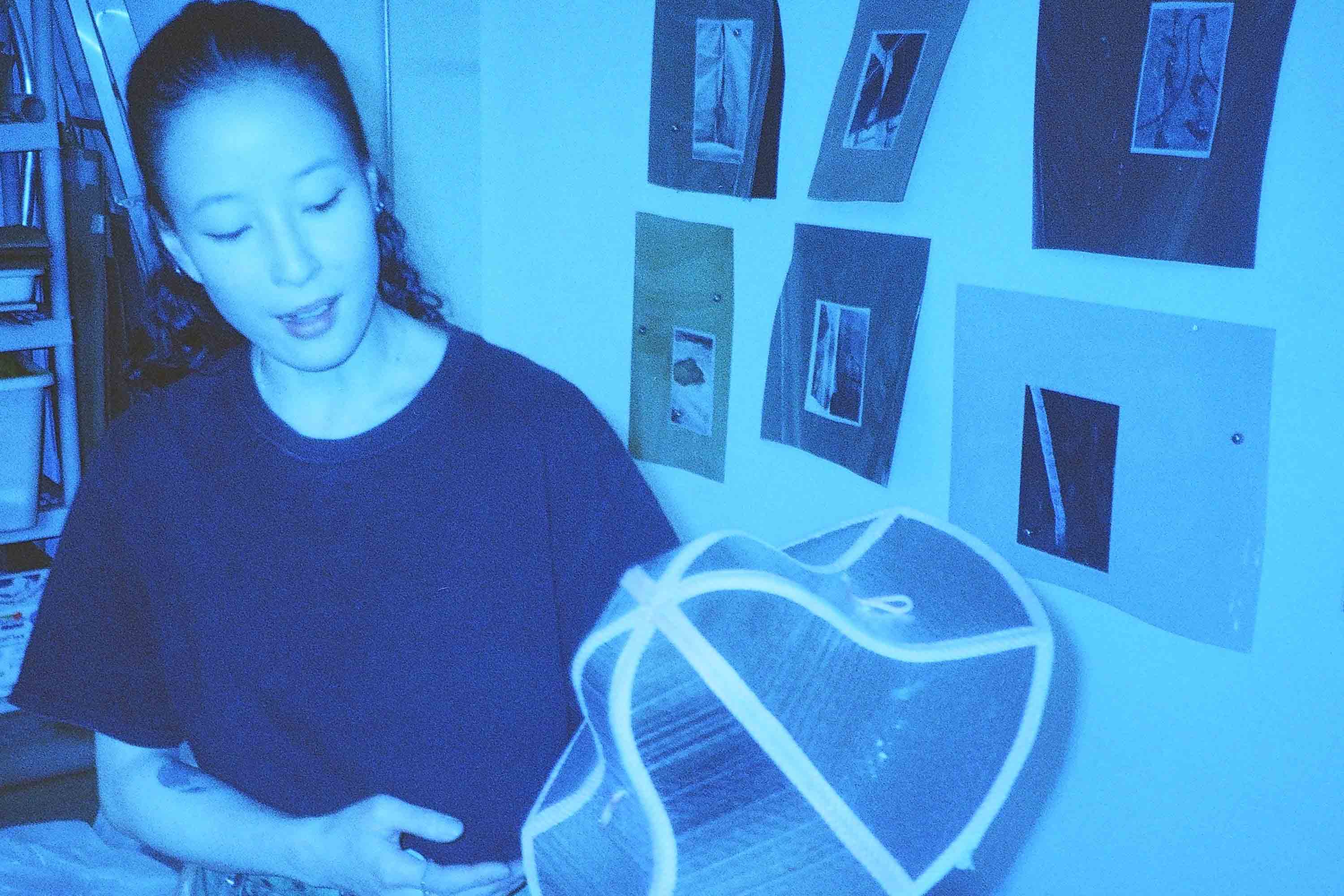
September 30, 2019
Laurie Kang
Finding Moments in Stillness
September 30, 2019
Laurie Kang
Finding Moments in Stillness
Laurie Kang (b. 1985, Toronto, Canada) holds an MFA from the Milton Avery School of the Arts at Bard College. She is a multidisciplinary artist who works in photography, sculpture, installation and video.
Kang has exhibited internationally at Topless, New York, USA; The Power Plant Gallery, 8-11, The Loon, Franz Kaka, Toronto; Parisian Laundry, Montreal; Carl Louie, London, Canada; Quezon City, Philippines; Feldbuschwiesner, Berlin, Germany; Wroclaw Contemporary Museum, Wroclaw; Raster Gallery, Warsaw, Poland; Camera Austria, Graz, Austria; Painel Gallery, Porto, Portugal. Forthcoming exhibition sites include L’inconnue, Montreal; Gallery TPW, Toronto, Canada. She was recently artist in residence at Banff Center for Arts and Creativity, Alberta, Canada, and artist in residence at Interstate Projects in Brooklyn, NY in the fall of 2016. Kang lives and works in Toronto.
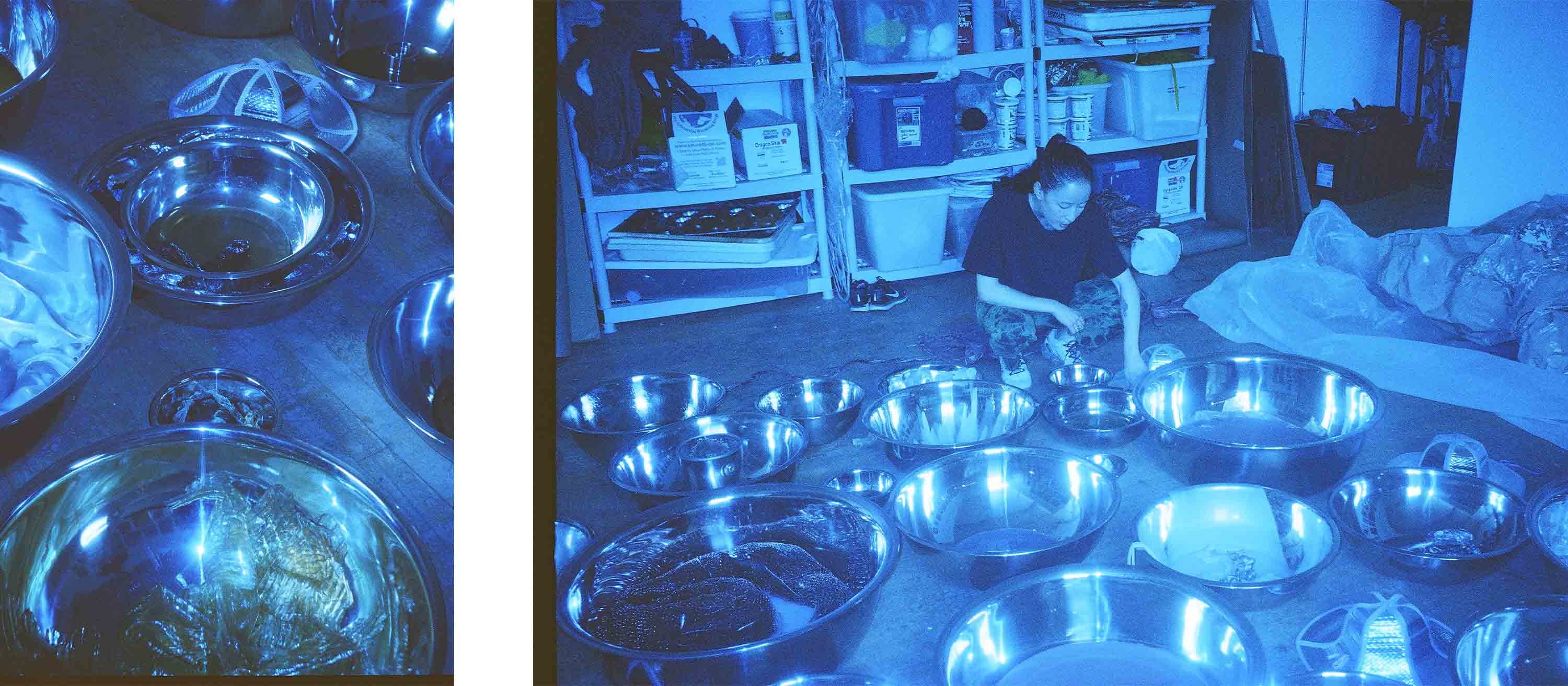
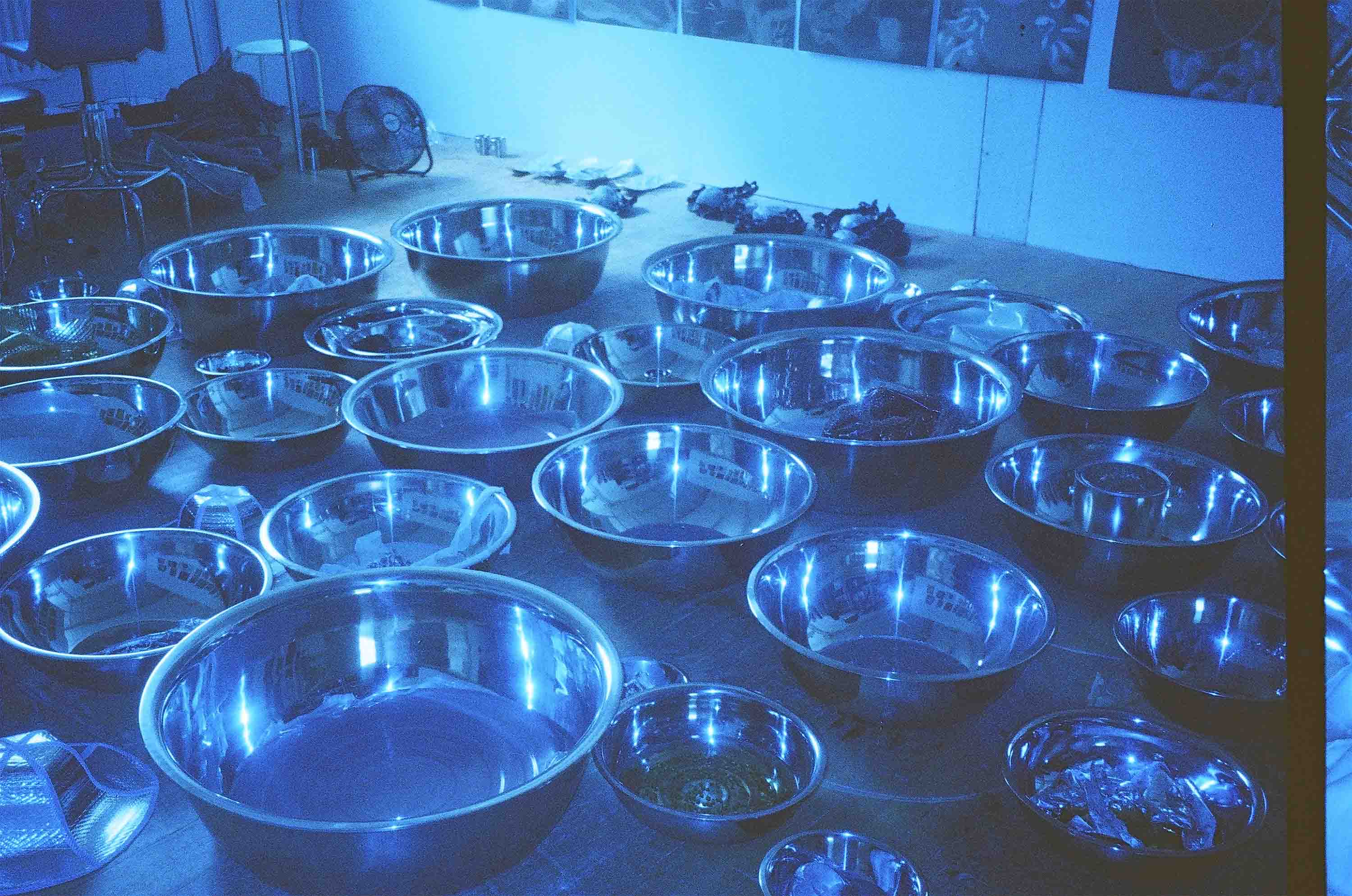
What was your thought process when changing disciplines from photography to sculpture?
It wasn’t a decisive move [to switch majors]. I was still painting and drawing and working with textiles and sculpture. I decided to switch because the photo program offered more structure. The goals seemed a bit more clear. But I never felt like I was this person that was into photography and was leaving all of these other things behind. It was just another addition to my tool box, and I don’t define myself as working in one medium only.
You work speaks on various concepts of the body and identity through not so obvious forms. Which of these pieces feels the closest to you? Secondly, how much of your practice is about experimentation and the unknown of the results?
I like reading theory, it inspires me. Then I apply it to my own histories. But my work is by no means trying to illustrate the things [I read]. There’s work that does that very well, but I’m not that kind of person. My work ends up being an embodiment of all those things. My process is super intuitive. The studio is a place where I try not to think, or rather, I let my body decide. I see my work as a kind of embodied regurgitation of ideas mingling with my own experiences, which has a very different way of metabolizing in the receiver/viewer’s body too.
I’m not a linear narrative kind of person. I have a focus, but I wander around to get it. The focus shifts, and that is the whole point. Never speaking directly to something. It’s this idea of “speaking nearby”, which is Trinh T. Minh-Ha’s term. It’s really about indirectness as the form.
That’s how I approach my process–I’ll say, I want to use this material, and I have to play with it, and let myself fail multiple times until something ends up happening, but the failure is inherent to and gets built into what the work becomes.
I feel close to my work because there is a different kind of intimacy when you are working with material blindly. It’s doing it without seeing it clearly and then seeing what comes out of that encounter.
My relationship to my work constantly shifts, and I have to leave space and time for those changes. One of the installations I am working on right now was nearly abandoned. A lot of the materials were sitting around my studio for a year; I recently moved studios and I almost didn’t bring them along with me because they didn’t feel like they were working. For some reason I did though, and they eventually found a way to bleed into what I’m making now.
“I see my work as a kind of embodied regurgitation of ideas mingling with my own experiences,..”
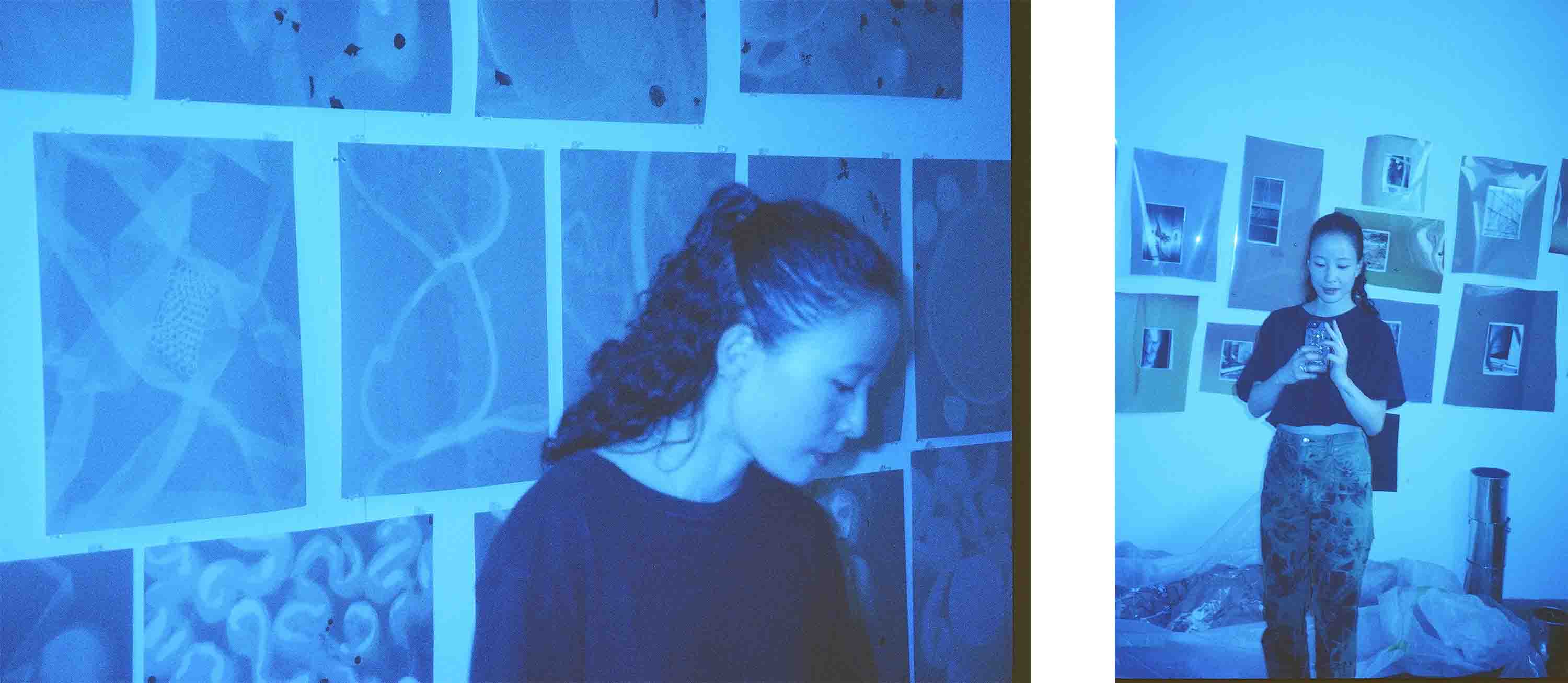

“I feel close to my work because there is a different kind of intimacy when you are working with material blindly.”
You mentioned before that you are a big fan of science fiction, what parts of those narratives from works you enjoy are you using in your work?
I’m not a sci-fi buff but I am a fan of what it conceptually enacts. It’s a way to imagine different possibilities and worlds. It’s empowering and both playful and dark. It’s very relevant to the present moment that we live in. I like thinking that’s not so far removed from how we live today, It’s more real. I think Ursula K. Le Guin said that. “That maybe there is something about employing our imaginative, inventive faculties, faculties that are rooted to our identities as humans in the world, that allows for a deeper access to the real.” (Ursula K. Le Guin)
What was the last beautiful thing you saw?
[Two beautiful things I’ve seen in recent memory]: My dog is not a swimmer, but she is learning. She loves catching sticks, like most dogs do. Me and my partner take her to the beach and we’re slowly encouraging her to swim by throwing a stick further out in the water each time. She’s learning to doggy paddle through her desperation to get the stick. It’s really cute because her paws are moving on the sand and then you realize she’s about to float. Then her butt just starts to float awkwardly and she grabs the stick then kind of flails back until she’s on the sand again. It’s the most precious thing and I’m cheering her on. She’s a rescue dog and she was living on the streets, so she has some trauma, but it’s beautiful to see [her facing her fears].
The other beautiful thing I’ve seen in recent memory is Heidi Bucher’s art. She was an artist who made what she called “skinnings”: large latex skins of architectures and clothing. They hang against a wall or suspended in space…they’re beautiful and visceral. It’s a treat to see this kind of work in person. They’re both familiar and foreign to your body when you encounter them.

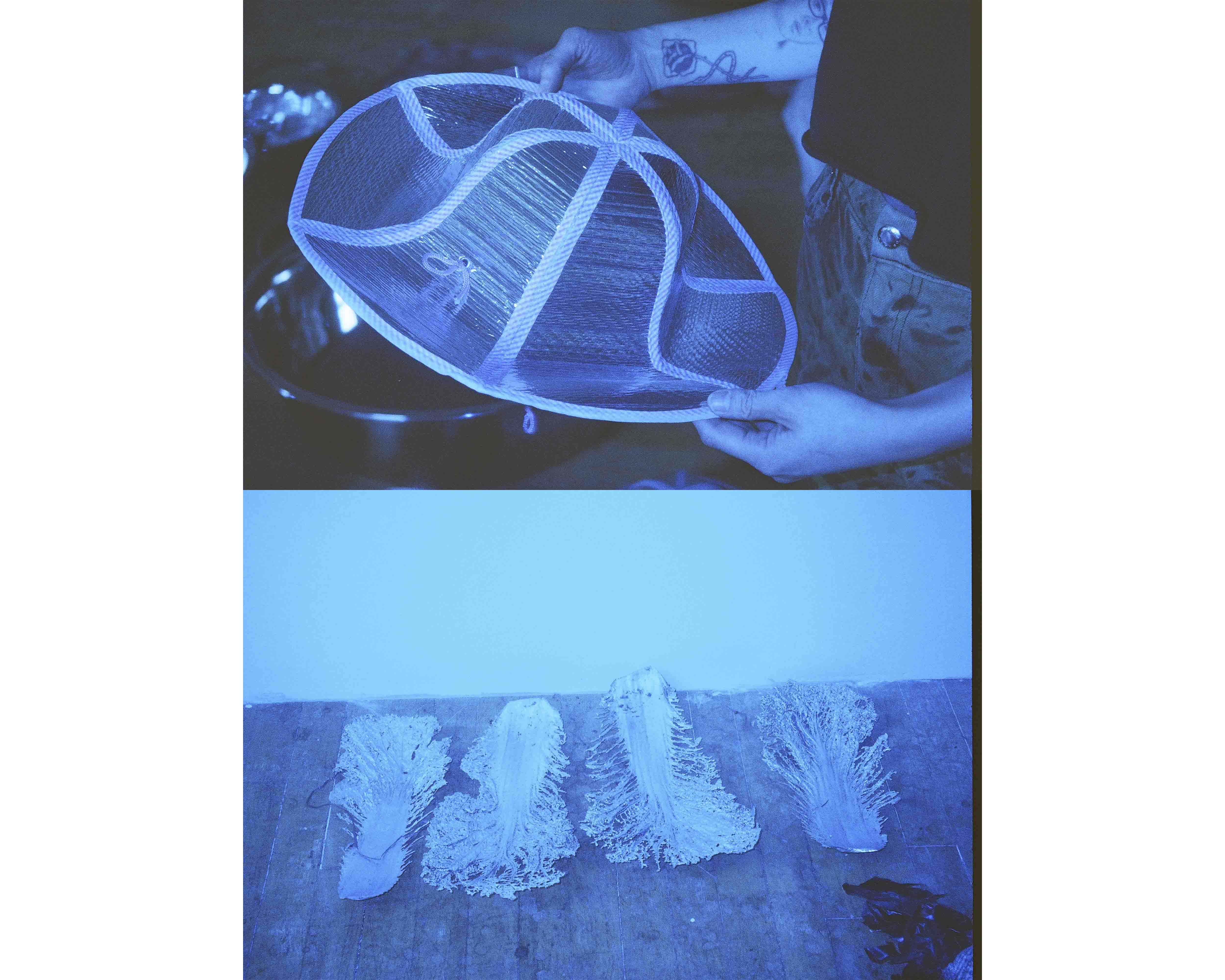
Interview: Michael Nyarkoh